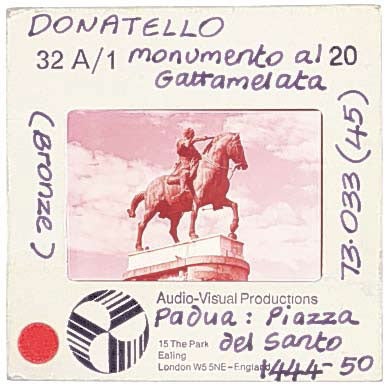Simon Patterson: Under Cartel, Haunch of Venison, London

Your support helps us to tell the story
From reproductive rights to climate change to Big Tech, The Independent is on the ground when the story is developing. Whether it's investigating the financials of Elon Musk's pro-Trump PAC or producing our latest documentary, 'The A Word', which shines a light on the American women fighting for reproductive rights, we know how important it is to parse out the facts from the messaging.
At such a critical moment in US history, we need reporters on the ground. Your donation allows us to keep sending journalists to speak to both sides of the story.
The Independent is trusted by Americans across the entire political spectrum. And unlike many other quality news outlets, we choose not to lock Americans out of our reporting and analysis with paywalls. We believe quality journalism should be available to everyone, paid for by those who can afford it.
Your support makes all the difference.Patterson was nominated for the Turner Prize in 1996 for The Great Bear, a reworking of the London Tube map that substituted all the station names for that of celebrities, Old Masters and Chinese dissidents.
Oxford Circus became Titian, for example, and Hampstead became Audrey Hepburn. The result was lighthearted and quite funny in a defamiliarising- the-familiar kind of way.
Now 45, the former YBA has continued to play with names and systems, pursuing his love of taxonomy with this photographic exhibition of equestrian statues from around the world. While sculptures of men on horseback are not often noted for their artistic merit, Patterson has turned these monuments into tourist kitsch.
An image of Donatello’s Gattamelata in Padua, which is significant for introducing this Classical art form to the Renaissance, is stained red and framed by an equally kitsch slide-mount, scrawled with details – “(bronze)” – along with the address of a developer’s in Ealing.
Under Cartel is a military term that refers to the exchange of hostages. As symbols of national power, the statues are transformed by Patterson into tokens of war, taken “hostage” in a series of conceptual swaps. This is made clear by the curation: Joan of Arc in Paris is connected by looping neon arrows to El Cid in Burgos.
Wires droop to the floor and the electrical supply appears to be on the blink. Neon light is weak and fades quickly; a comment, perhaps, on the decline of the old European order and the related decline of the equestrian statue in the 20th century. But all this seriousness is undercut by Patterson’s aesthetic, which, thanks to the neon, resembles a jazzy American petrol station, possibly part of a defunct set for a theatrical production of Grease 2.
The humour is likeable – akin to the spirit of The Great Bear, which made Patterson’s name. A 20th-anniversary version of the Tube map is currently on display at the London Transport Museum. Its stations have been rechristened in accordance with the cultural mood: the Jubilee line is devoted to bankers and the Hammersmith & City is made up of Murdochs.
This work lives in the aftermath of the YBA moment, and feels harmless and quirky, rather than new.
To 31 August (020 7495 5050)
Join our commenting forum
Join thought-provoking conversations, follow other Independent readers and see their replies
Comments